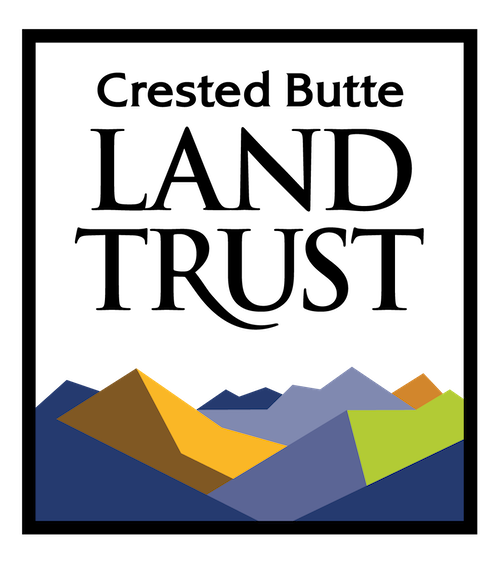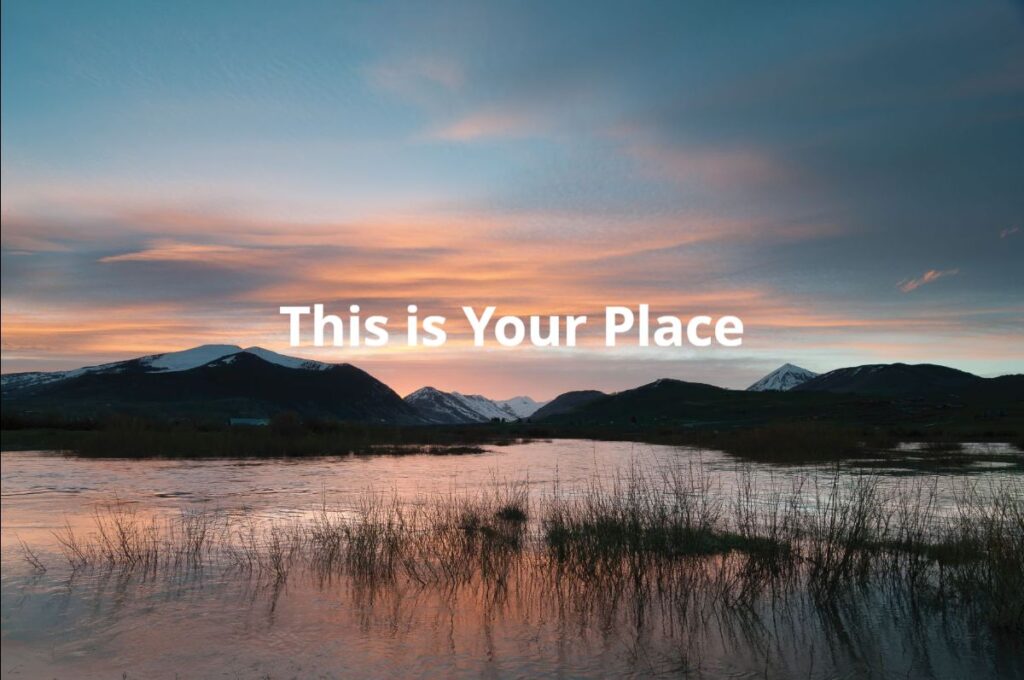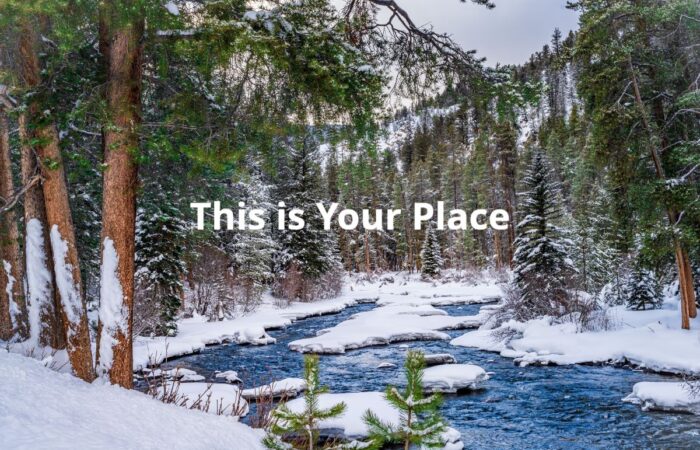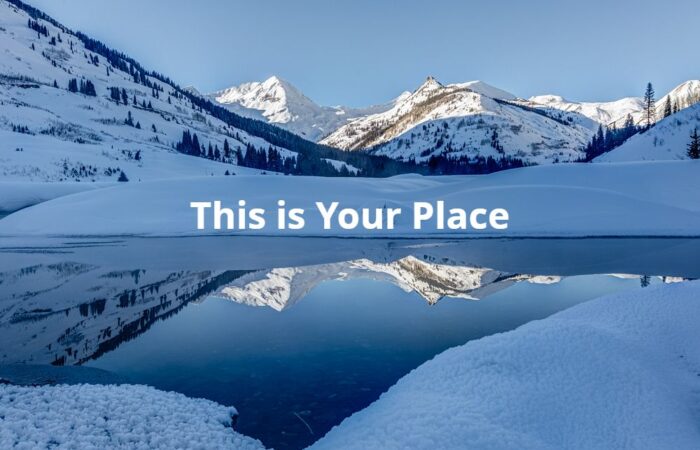April Mountain Memo
Did you know the Crested Butte Land Trust has a monthly E-newsletter?
Sign up today for our Mountain Memo to stay tuned into news and events!
Click here to opt in!
Just curious to read our latest articles and updates? Click here to read our March Mountain Memo.
Update on the Slate River Working Group
Warmer weather and sunny days are upon us, and summer is just around the corner! That means the Land Trust is gearing up for busy months of land and river stewardship. With partnerships like the Slate River Working Group, the Land Trust is dedicated to best practices around responsible recreating to protect our wetlands and wildlife habitats.
Recreation and Conservation Ranger Program
In partnership with the Town of Crested Butte, a Recreation and Conservation Ranger will educate recreational users about safe and sustainable practices. The Ranger will also assist with improvements and maintenance on Land Trust and Town of Crested Butte open spaces. Having a presence at popular recreation areas in our valley has resulted in positive changes to human impact, and we are proud to continue to help implement community awareness this coming season.
The Birds are Back in Town!
Our unique, high altitude Great Blue Heron population is returning to their summer home in the Slate River wetlands. Research of this population from Western Colorado University has also begun for the season. So far, 15 of our feathered friends have returned, occupying 11 nests. Please note the voluntary no-float period on the upper Slate River, from Gunsight Bridge to the Rec Path Bridge in town, is in effect from now until July 15, the herons’ important nesting period.
How Can You Be a Good Land Steward This Spring?
As the snow begins to melt and we have our hearts set on summer, please be mindful of seasonal trail closures and conditions. Springtime is a critical time for wildlife in the Gunnison Valley, and there are several closures in effect until May 15 in the Signal Peak and Hartman Rocks areas to protect our Gunnison sage-grouse and wintering elk and mule deer populations.
Please visit Gunnison Trails to learn more about these closures. Additionally, at the upper end of the valley, hitting some of your favorite trails might be close on the horizon, but please remember that many trails are still covered in snow or mud. Check out Crested Butte Mountain Bike Association’s trail report before getting out for a hike or a ride. And remember- bike and walk through the mud puddles, not around!

Watch out for the cheats!

Cheatgrass is a noxious weed and one of the most pervasive non-native species throughout the western United States, invading sagebrush rangeland, threatening critical wildlife habitats, altering native plant communities and diminishing agricultural productivity. This annual grass thrives in disurbed areas and is one of the first plants to grow in the spring and to die mid-summer. Cheatgrass is often outcompeting native plants for limited resources and in doing so can quickly transform formerly diverse and thriving landscapes to a monoculture of dried grass, increasing wildfire risk and damage.
Though cheatgrass is prevalent in some areas of the Gunnison Valley, its presence around Crested Butte remains minimal. Vigilance is needed to prevent cheatgrass from becoming established, but there is a lot we can do to prevent its colonization in the north end of the valley. Hand pulling cheatgrass can be effective for small patch sizes, but only if it is done at the right time. Make sure to pull cheatgrass before seeds are produced and drop from the plant, about one week after flowering. Be sure to secure your hand-pulled cheatgrass in bags that go to Gunnison County’s landfill, which is treated for noxious weeds.
If you don’t catch the infestation early enough in spring or if the patch is too large, wait until fall to apply herbicide. Please follow label recommendations. If you are an agricultural producer with more than 2.5 acres, contact the Gunnison Conservation District for free herbicide (Panoramic 2SL) at gunnisoncd2006@gmail.com or aleshia.rummel@co.nacdnet.net.
Each plant can produce 25–5,000 seeds, so it is critical to remove plants or treat the seedbank to prevent further spread. You can also prevent the spread of cheatgrass by cleaning your vehicles, bikes, and boots thoroughly before bringing them to a new location and potentially spreading noxious weed seeds.
Check out the informational video “Basin on the Brink” from the Gunnison Conservation District to learn more.
Partners in Conservation
Here, we highlight fellow organizations and businesses committed to preserving the open spaces that make our home so special.
Please enjoy the link below for video on the Surface Atmosphere Integrated Field Laboratory (SAIL), led by scientists at Lawrence Berkeley National Laboratory.




